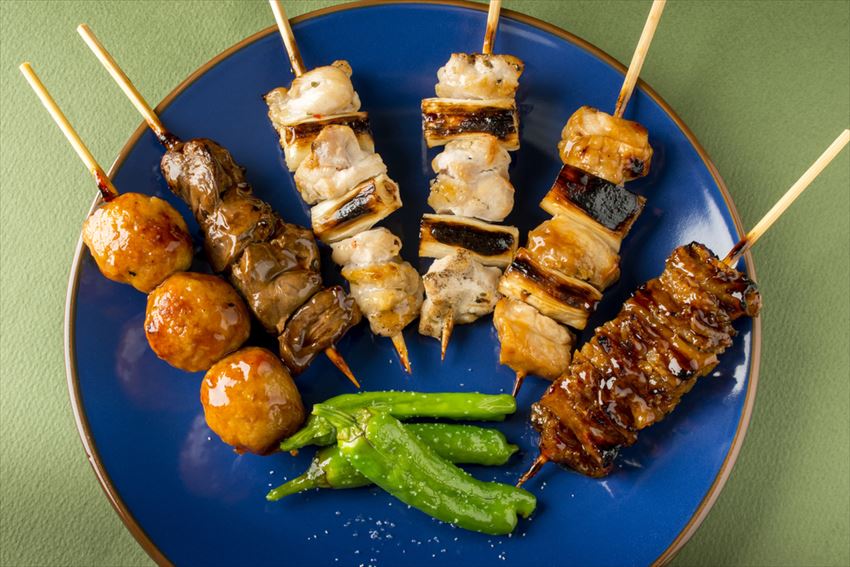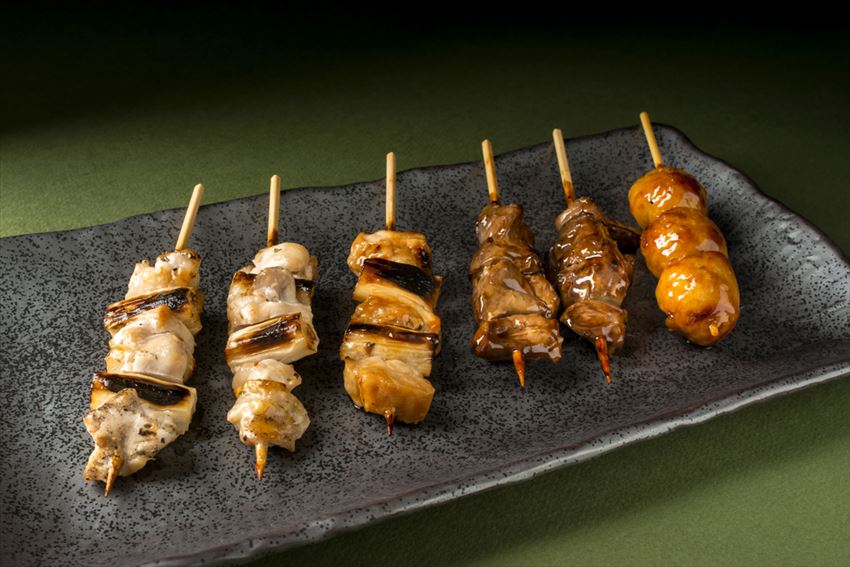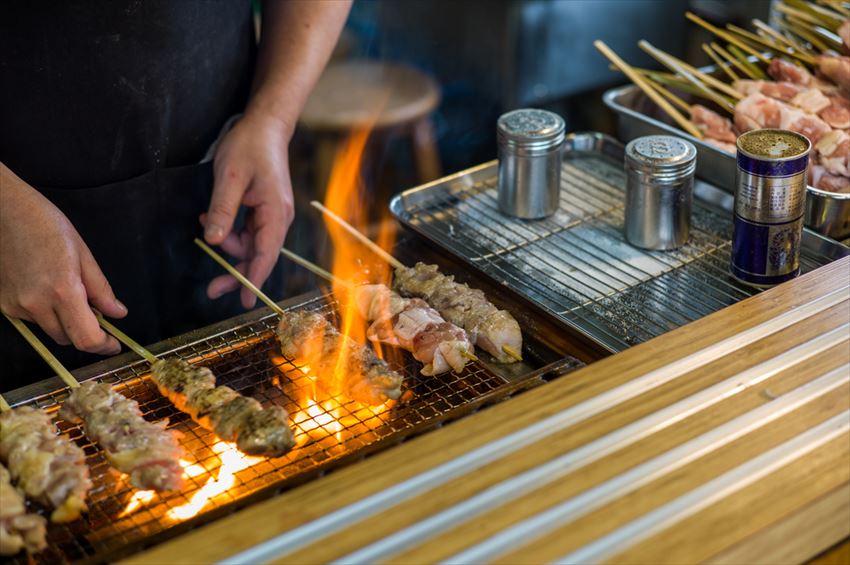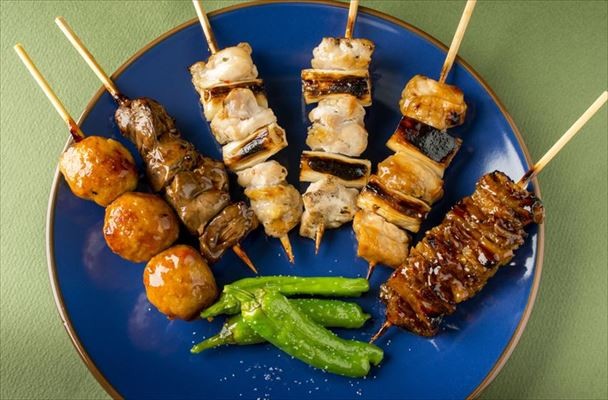Chicken roasted on a skewer shouldn’t be that big of a surprise for Asians. But there is something about Japanese yakitori that makes it so special.
For starters, who doesn’t like chicken? Unless you practice a vegan diet, chicken is the world’s favorite meat by a landslide. And why not, it doesn’t coincide with any religious practices (of course, that’s a different story if you’re vegetarian), and above all, it’s simply delicious.
But just like many other Japanese foods, there are certain manners in ordering yakitori. So, here’s a beginners’ guide on how to enjoy yakitori.
Shio or Tare? (Salt or Sauce)

The first thing you must remember about yakitori, is that you have a choice between salt or sauce. The general understanding is, if you want to taste the difference in the meat, you order salt, or “shio” in Japanese. Especially when you go to a high-end yakitori restaurant, they take pride in their chicken and serve you brand chickens. Plus, yakitori restaurants serve a variety of chicken parts, each with a distinctive flavor, so if you want to enjoy these differences, you order “shio”.
On the other hand, if you want to test the chefs’ originality and presentation, you want to go with the sauce, or “tare”. Yakitori restaurants prepare their original sauce with their original recipe, and not only that, but the sauce is the “history” of the restaurant as it absorbs the flavor of the chicken when it is dipped. Hence, there is a common saying “old restaurants take pride in the history the sauce has lived through”, and every restaurant’s sauce tub has a different story to tell.
In conclusion, it is completely up to the customer whether they want “shio” or “tare”, or you could even ask the restaurant staff which one they’d recommend. However, here is one golden rule that might help you. For the fattier meats like thigh, you might want to go for “tare”, and for the leaner cuts like breasts, you may want to order “shio”. This is because the sauce may overshadow the subtle flavor of the lean meat, but would come in perfect harmony with the fattier meat.
Different Cuts

The great thing about yakitori is that you could enjoy the different cuts of chicken that you won’t be able to enjoy in other dishes. Here are some of them:
Momo (thigh meat) - The good old thigh meat, juicy and tender, it is probably the most popular cut in yakitori. The momo comes in some variations as well, like the “Negima” which is the thigh and green onions. Although it could be enjoyed both by salt or sauce, we recommend the sauce for this one.
Mune (breast meat) - Another classic, the breast meat has gained a lot of popularity in these few years as the non-fatty diet food. Since the taste of it is very delicate, we recommend you order “shio”.
Tsukune (chicken ball) - Tsukune is a chicken ball, or chicken hamburger that usually comes with added Japanese herbs. It is very popular amongst all ages, especially children, and recently many restaurants put chicken ligaments in it to add a bit of crunchiness in it, or they’d serve it with raw egg yolks for you to dip in. This one is a definite “tare”.
Nankotsu (ligaments) - Now here comes the tricky cuts. Chicken ligaments are quite popular in Japan, although it isn’t a meat technically, the crunchiness of it and the subtle taste of the chicken fat gives it a nice kick. Due to its subtlety, you want it in “shio”.
Leba (liver) - The chicken liver is a common yakitori plate as well. In recent years, many yakitori restaurants have been serving fatty liver, or “shiro leba” (white liver) which resembles the taste of a foie gras, creamy and full of flavor. You could go both ways with this as well, but we recommend “tare” for normal liver, and “shio” for the fatty liver.
Hatsu (heart) - Tasting similar to a liver, but with a gummier texture, the chicken heart is quite popular amongst older generations. This again could go both “shio” or “tare”, but if you’re a true fan of the flavor, I’d say you go “shio”.
Bonjiri (tail) - Although not every restaurant provides this cut, the bonjiri is a very fatty and flavorful meat that you want to try if you have the chance. You could really taste the juice just bursting out as you bite into it. This again could be delicious either way, but eating it with “shio” would really bring out the nice note of the chicken juice.
Order more than two skewers at a time

Here’s the thing. Yakitori is just a skewer, and it is not that big. It wouldn’t look right for the server to bring only one skewer of yakitori to your table. Another thing is, the chefs are roasting dozens of yakitori at the same time, each cut cooked in different ways. Naturally, they’d want to have multiple skewers of the same cut, same flavor so that they don’t have to keep track of each and every one of them individually. That is why it is considered a general etiquette to order at least two of the same cut at once. This rule applies to ordering sushi as well, so you might want to keep this in mind when coming to Japan.
As you might have noticed, enjoying yakitori is more of a process where you try to find your favorite cut and the flavor to go with it. I hope this helps you find that perfect yakitori!

Comments